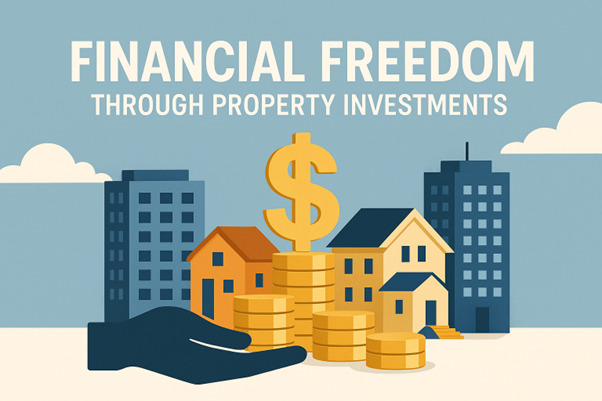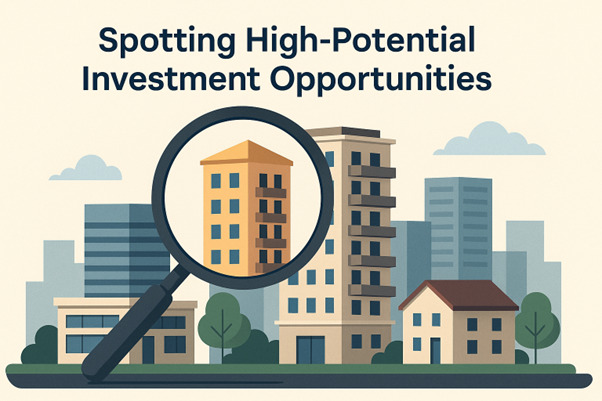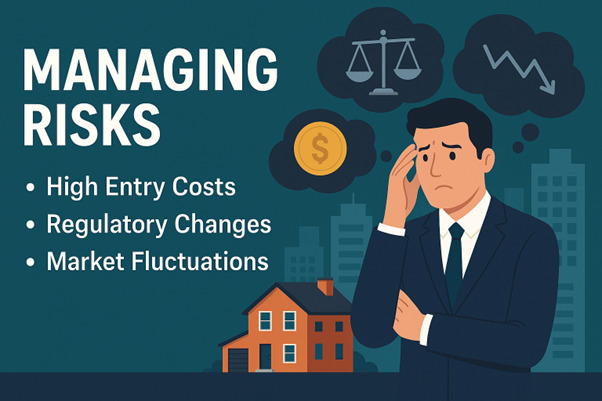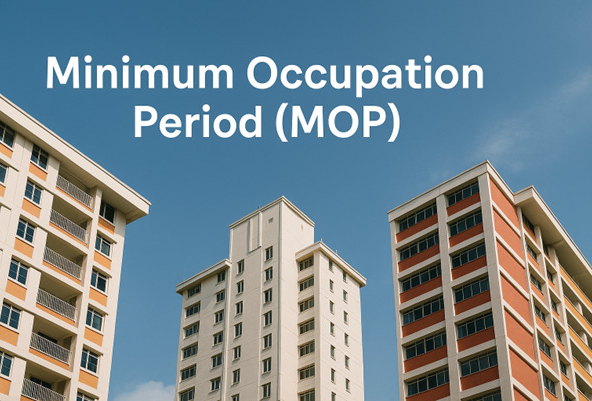
How Property Investment in Singapore Can Secure Your Financial Future
Achieving financial freedom is a goal many aspire to, and in Singapore, property investment has long been one of the most reliable ways to make it a reality. With one of the most stable economies in Asia, a transparent legal system, and consistently strong housing demand, Singapore’s real estate market has proven resilient through different economic cycles.
Unlike more volatile asset classes, property here benefits from tangible value and a structured, well-regulated environment. The nation’s limited land supply and long-term urban planning – including major redevelopment projects such as the Greater Southern Waterfront and Bukit Timah Turf City – continue to sustain real estate as a credible wealth-building avenue.
Whether your goal is to build rental income or long-term capital growth, informed property investment offers a practical, data-driven path toward financial independence.
Understanding Singapore’s Property Market
Overview of Key Property Segments
Singapore’s property market comprises three primary segments — HDB flats, private condominiums, and landed homes.
- HDB Flats: Over 80% of residents live in HDB flats, reflecting the success of public housing as both a social and economic pillar. These units remain attractive for their affordability and steady demand in the resale and rental markets.
- Private Condominiums: Popular among locals and expatriates seeking convenience and lifestyle appeal. Their value is shaped by location, developer reputation, and nearby amenities.
- Landed Homes: Limited in number, these properties offer exclusivity and long-term value stability due to their rarity and strong ownership appeal.
Market Stability and Growth Drivers
Singapore’s limited land supply ensures property remains a scarce and valuable asset. Government policies such as zoning, cooling measures, and sustainable urban planning protect long-term market stability and investor confidence.
2025 Master Plan Highlights
The Draft Master Plan 2025 outlines key growth zones such as the Greater Southern Waterfront, Kranji Racecourse, and Bukit Timah Turf City — developments that will enhance housing diversity, accessibility, and liveability across the island.
Financing Your Investment
Smart Financing for Long-Term Success
Financing plays a critical role in any successful property investment. Comparing mortgage rates across banks is essential, as even small differences in interest rates can lead to substantial savings over time.
Maintaining a healthy credit score strengthens your borrowing capacity and improves loan terms, while using CPF savings can help manage upfront costs and monthly repayments more comfortably.
Working with Experts and Schemes
- Partner with a mortgage broker to explore multiple loan packages without added complexity.
- Consider progressive payment schemes for new developments, which align instalments with construction progress, improving cash flow management while your investment grows in value.
Spotting High-Potential Investment Opportunities

The Power of Location Analysis
Location remains the most influential factor in determining a property’s long-term performance. Properties situated near MRT stations, schools, and commercial hubs enjoy stronger rental demand and resale appeal.
Key location factors to consider:
- Accessibility to transport networks
- Proximity to essential amenities
- Presence of established or upcoming business hubs
Identifying Growth Zones
Emerging districts tied to major government-led projects, such as the Jurong Lake District and Greater Southern Waterfront, are set to become vibrant new communities. Properties near these areas may benefit from heightened demand as surrounding infrastructure develops.
Using Data to Guide Decisions
Investors can use URA transaction data, rental yield trends, and master plan updates to make informed purchase decisions. Aligning investments with growth corridors backed by infrastructure expansion often leads to stronger long-term returns.
Leveraging Government Policies
Understanding Key Policies
Singapore’s property market is shaped by policies that ensure stability and fairness. The Central Provident Fund (CPF) enables buyers to use savings for housing payments, easing entry into the market. HDB grants such as the Enhanced CPF Housing Grant further support first-time homeowners.
Impact on Affordability and Timing
Cooling measures like the Additional Buyer’s Stamp Duty (ABSD) and Loan-to-Value (LTV) limits help maintain affordability and prevent overheating. Understanding these policies allows investors to time their purchases strategically, manage budgets effectively, and remain compliant with regulations.
Maximising Returns
Enhancing Rental Yield
To achieve strong rental yield, investors should focus on well-connected areas with consistent tenant demand.
Tips to maximise rental income:
- Maintain the property in excellent condition
- Offer fair lease terms and good tenant service
- Make practical upgrades such as energy-efficient lighting and air-conditioning
Driving Capital Appreciation
Capital appreciation develops over time when properties are well-maintained and located in growth areas. Holding a property through multiple market cycles helps capture value increases during favourable conditions. Tracking ROI and yield metrics ensures each asset contributes meaningfully to long-term growth.
Managing Risks

Recognising Common Investment Risks
Property investment carries certain risks, such as:
- High initial costs and down payments
- Regulatory adjustments affecting eligibility or financing
- Market fluctuations influenced by economic cycles
Smart Risk Management Strategies
To mitigate these risks:
- Adopt prudent leverage — borrow within your means.
- Keep cash buffers for unforeseen circumstances.
- Obtain property insurance for protection against damage or liability.
- Diversify across different property types or locations to spread exposure.
The Future of Property Investment in Singapore
Emerging Trends Shaping the Market
Singapore’s property future is guided by innovation and sustainability. Smart home technology is increasingly common in new developments, enhancing efficiency and comfort for residents. Green buildings and eco-conscious designs are gaining popularity as Singapore advances toward its Green Plan 2030.
Future growth drivers include:
- Major infrastructure projects like the Cross Island Line and Jurong Lake District
- Rising demand for sustainable and energy-efficient homes
- Integration of digital tools in property management and financing
Adapting for Long-Term Growth
Investors who stay informed, flexible, and forward-looking are best positioned to thrive. Understanding government planning, market data, and technological shifts will help you stay ahead and ensure sustained growth in an evolving real estate landscape.
Conclusion
Achieving financial freedom through property investment in Singapore requires planning, patience, and informed decision-making. The nation’s transparent market, consistent demand, and government-backed infrastructure planning make it one of the most reliable environments for real estate investment in Asia.
By studying the market, leveraging sound financing, and managing risk carefully, investors can build portfolios that deliver both income and long-term appreciation.
Ultimately, success in property investment is not about speculation — it’s about strategy, discipline, and timing. With professional advice and a clear plan, your next property could be a powerful step toward financial independence and lasting prosperity.


